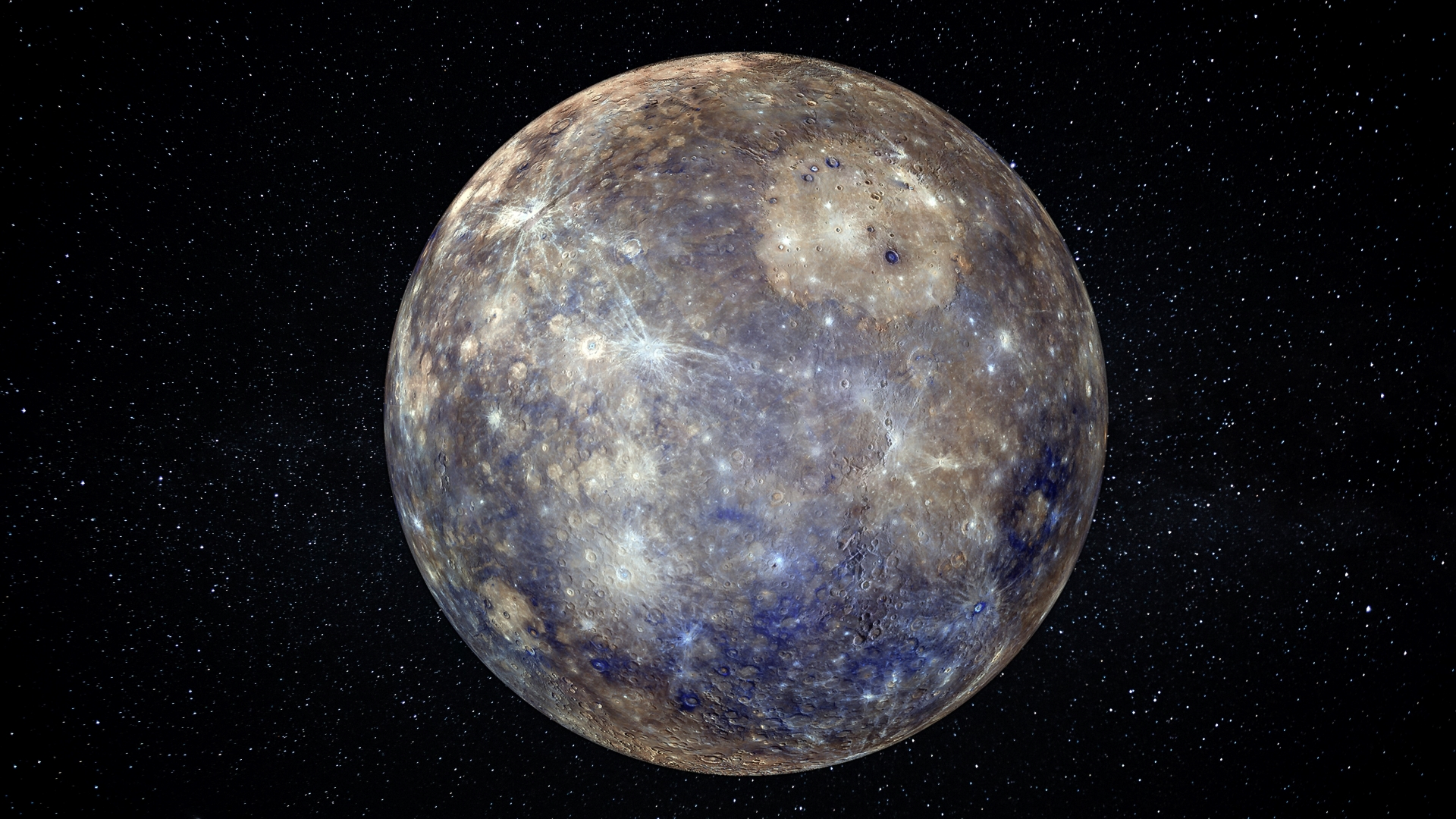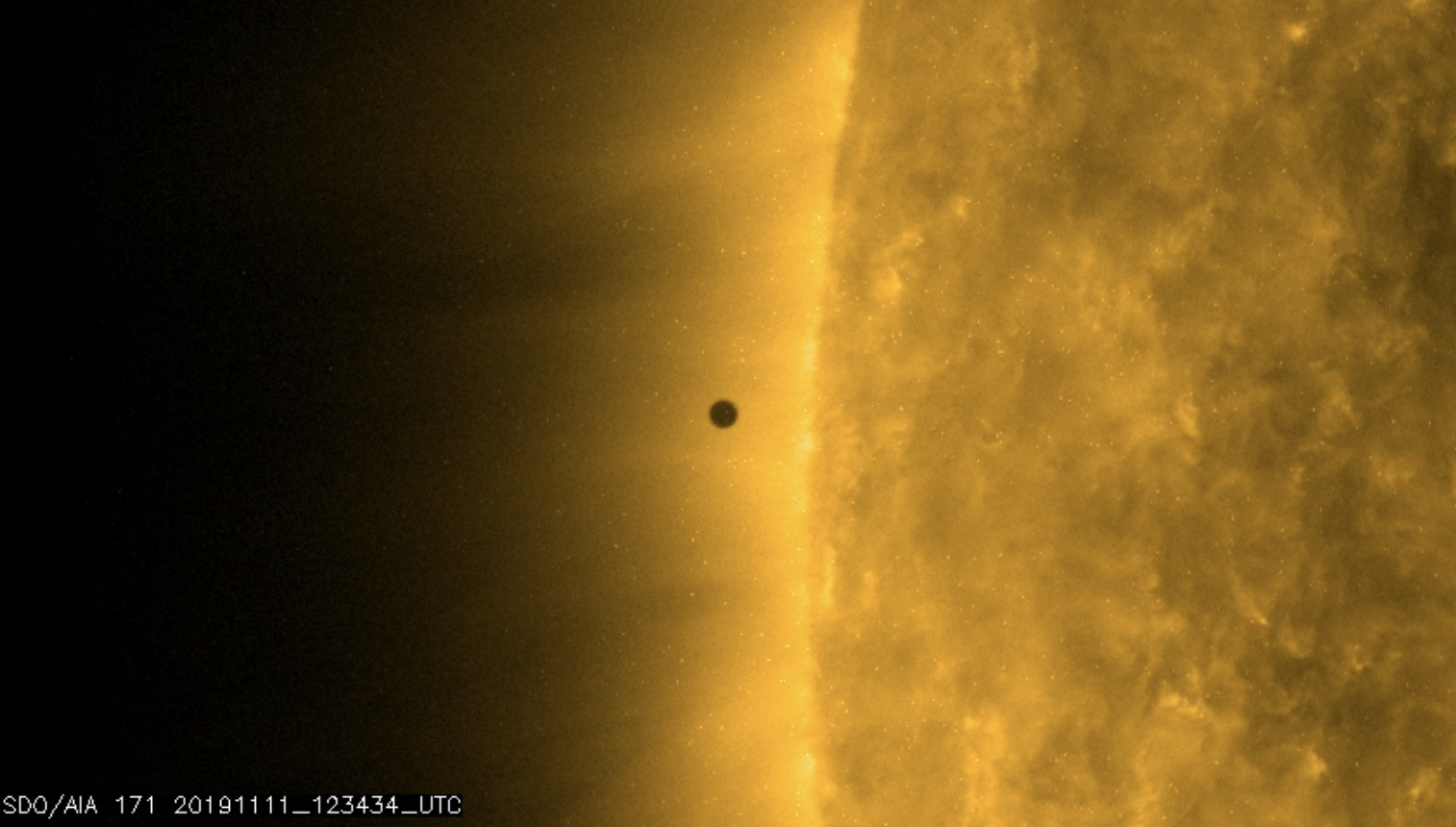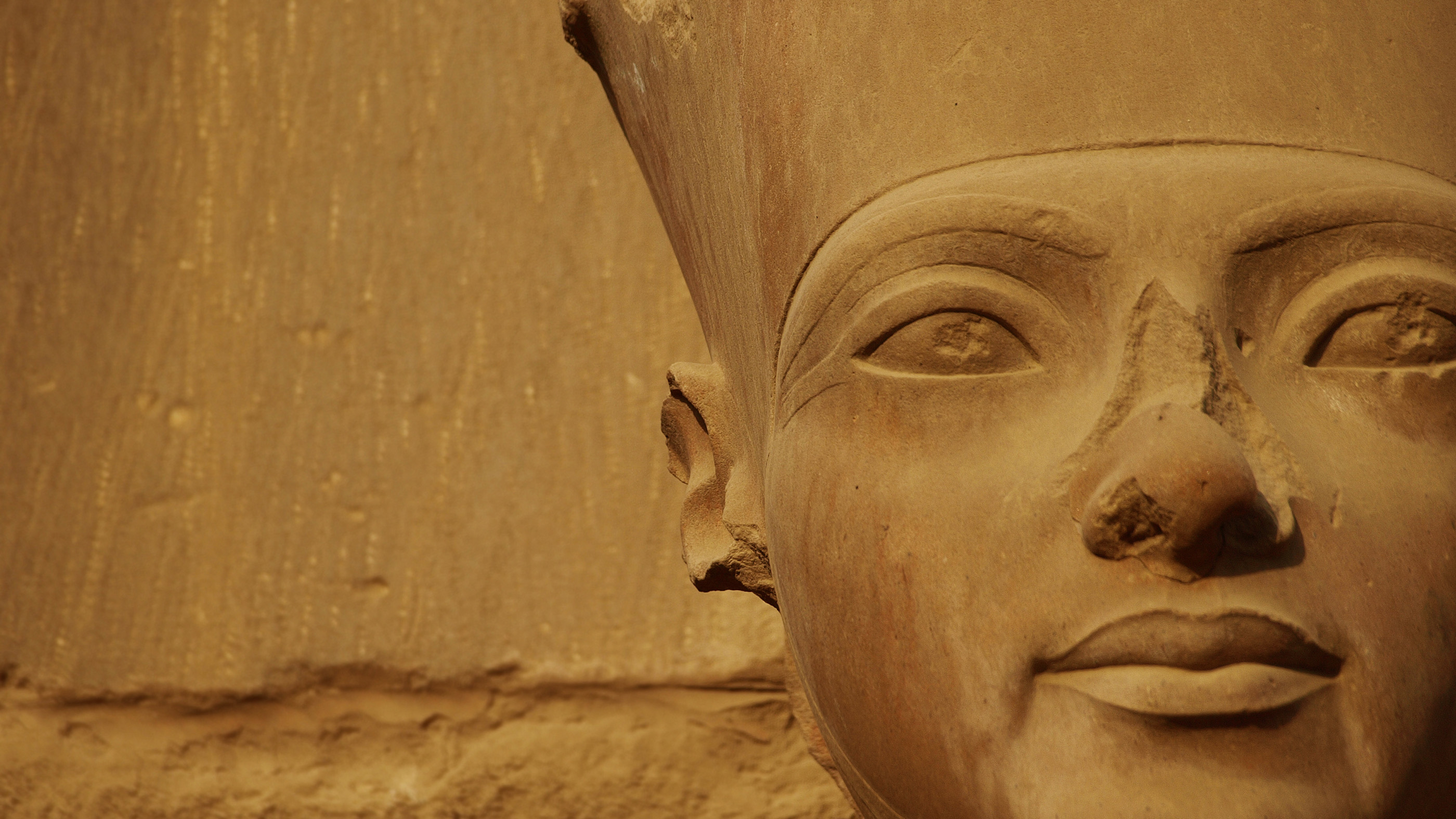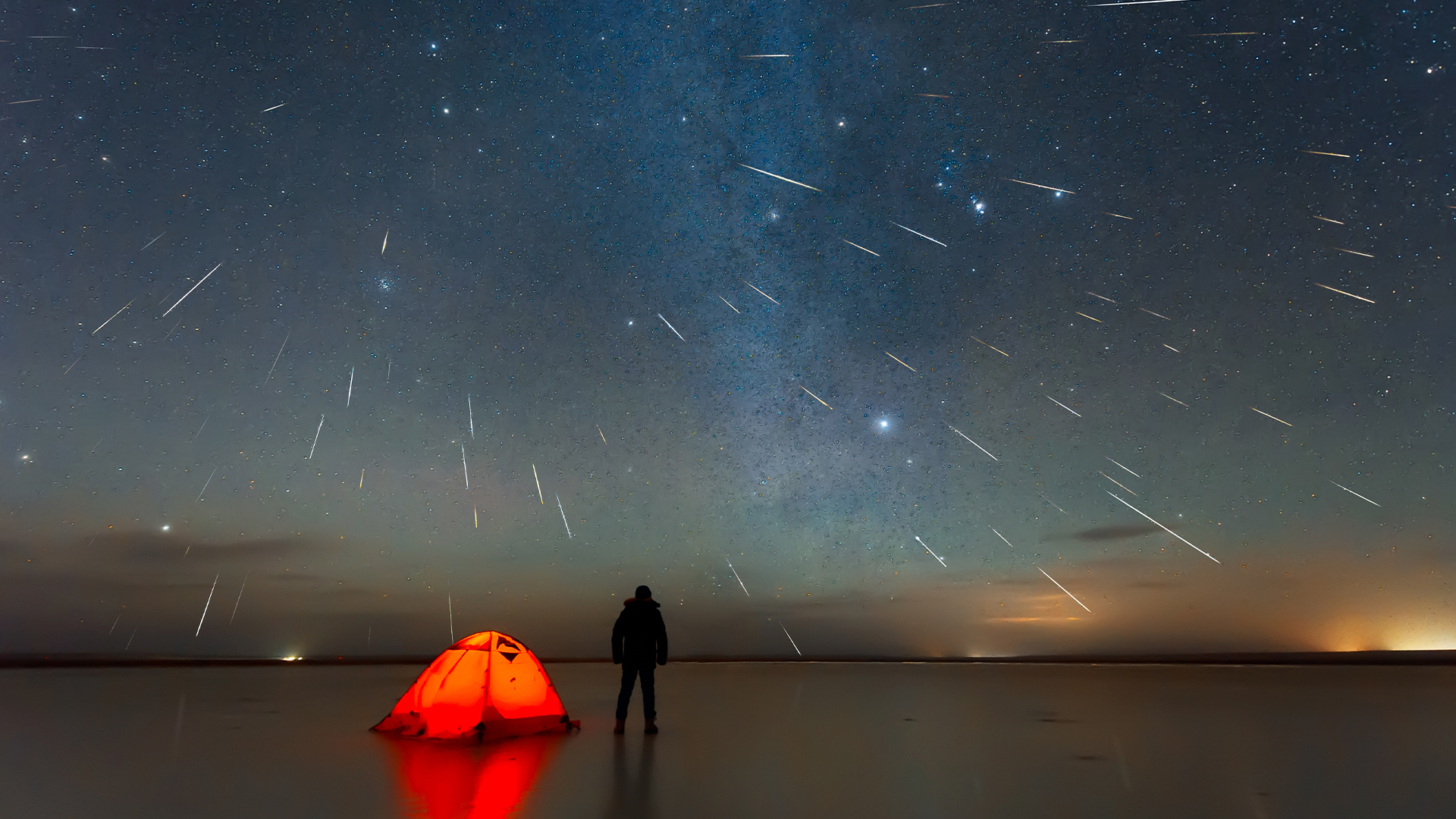Mercury: Facts about the smallest planet
Mercury is a planet of extremes.

Mercury is the closest planet to the sun and the smallest planet in our solar system. With a diameter of about 3,032 miles (4,880 kilometers), Mercury is less than half the size of Earth, which is about 7,926 miles (12,756 km) in diameter. But what Mercury lacks in size, it makes up for in speed: It orbits the sun faster than any other planet in the solar system.
How did Mercury get its name?
The planet is named after the Roman deity Mercury, the speedy messenger of the gods, who was the Roman equivalent of the Greek god Hermes. Mercury orbits our sun every 88 days — faster than any other planet in the solar system — and a year on Mercury is less than three Earth months. This swift orbit inspired the ancient Romans to associate the small planet with Mercury, according to Cool Cosmos, a website run by the Infrared Processing and Analysis Center at the California Institute of Technology, while the ancient Greeks associated the planet with Hermes, according to the European Southern Observatory.
Mercury is visible in the night sky without a telescope and has been known to humans around the world for thousands of years. The Sumerians made one of the earliest known records of the planet in around 3,000 B.C., according to Cool Cosmos.
Is Mercury the hottest planet?
As Mercury is the closest planet to the sun, you might think it's the hottest planet. However, Mercury lacks an atmosphere like Earth's that can trap and hold heat, so the side facing away from the sun is always very cold — especially as it takes about 59 Earth days for the slow-spinning Mercury to complete a rotation. Temperatures on the surface of Mercury can still reach a toasty 800 degrees Fahrenheit (427 degrees Celsius) on the day side but can fall to as low as minus 290 F (minus 179 C) on the night side, according to NASA.
Venus, the second planet from the sun, is the hottest planet because it has a dense atmosphere that retains heat from the sun's rays. Venus has a surface temperature of about 860 degrees Fahrenheit (462 degrees Celsius) and stays that hot on both the day and night sides, Live Science previously reported.
Related: The sun has blasted Mercury with a plasma wave
What is Mercury made of?
Mercury is largely composed of iron, according to the Natural History Museum in London, U.K. It has an inner core with a liquid metal outer core and is encased in a mantle and crust, just like Earth. Mercury's inner core is solid and close in size to Earth's, despite Mercury being a much smaller planet overall, a 2019 study published in the journal Geophysical Research Letters found.
Instead of a full atmosphere, Mercury has an exosphere — the name given to only the thin outer layer of Earth's atmosphere. Mercury's exosphere is formed by solar wind and meteoroid strikes blasting atoms off its surface, according to NASA. The exosphere gives Mercury llittle protection from objects like asteroids and the planet is pockmarked with craters, so much so that Mercury looks similar to Earth's moon. There are no moons orbiting Mercury because it's so close to the sun that the sun's gravity likely pulls them away, according to the Natural History Museum in London.
What is Mercury retrograde?
Mercury retrograde is when the planet appears to be, but is not actually, moving backward in the sky. It's an optical illusion caused by humans' perspective of seeing the smaller planet catch up and pass Earth as it curves around the sun, Live Science previously reported. Some astrologists associate Mercury in retrograde with disruptions to daily life on Earth, but there's no scientific evidence for this.
"The idea that the gravity from these very distant bodies affects our lives in some way just doesn't work in the framework of physics," Jean-Luc Margot, a professor of astronomy and planetary science at the University of California, Los Angeles, previously told Live Science.
The retrograde illusion happens with other planets that Earth passes, and it's not that rare. The Mercury retrograde periods in 2022 are Jan. 13 to Feb. 3, May 10 to June 2, Sep. 9 to Oct. 1, and Dec. 28 to Jan. 18 (2023), according to The Old Farmer’s Almanac.
Related: Mercury probe snaps stunning photos of our planet during Earth flyby

Is there life on Mercury?
Scientists still have much to learn about Mercury, but they have no reason to think it harbors life. Mercury's searing and freezing temperatures, as well as its abundance of solar radiation, are likely too extreme for any living organisms to handle, according to NASA. Furthermore, thanks to probes like the MESSENGER (Mercury Surface, Space Environment, Geochemistry, and Ranging) spacecraft, about 98% of the surface of Mercury has been photographed in detail, according to the MESSENGER website.
MESSENGER confirmed evidence of frozen water on Mercury in 2011. The ice is congregated at the poles in craters so it is shielded from the sun's rays. Much of this ice may have been carried to Mercury on asteroids. However, a 2020 study published in the Astrophysical Journal Letters found that mercury could be creating up to 10% of its own ice.
Here's how: Mercury's surface has minerals with groups of bonded oxygen (O) and hydrogen (H) atoms called hydroxyls, which can become energized in the sun's extreme heat and collide to create water (H2O) molecules. While the sun also breaks down these molecules, some drift around the planet and end up in freezing-cold craters at the poles to form ice, Live Science's sister site Space.com previously reported.
"It's a little like the song ‘Hotel California.’ The water molecules can check in to the shadows, but they can never leave," study principal investigator Thomas Orlando, a professor at the Georgia Institute of Technology's School of Chemistry and Biochemistry, said in a statement at the time.
Additional resources
To view an image gallery of Mercury taken by probes, check out NASA's Jet Propulsion Laboratory website. To learn more about the illusion of Mercury retrograde, watch this short YouTube video by Vox. For more information about the MESSENGER probe mission, visit NASA's in-depth MESSENGER page.
Originally published on Live Science.
Sign up for the Live Science daily newsletter now
Get the world’s most fascinating discoveries delivered straight to your inbox.

Patrick Pester is the trending news writer at Live Science. His work has appeared on other science websites, such as BBC Science Focus and Scientific American. Patrick retrained as a journalist after spending his early career working in zoos and wildlife conservation. He was awarded the Master's Excellence Scholarship to study at Cardiff University where he completed a master's degree in international journalism. He also has a second master's degree in biodiversity, evolution and conservation in action from Middlesex University London. When he isn't writing news, Patrick investigates the sale of human remains.










